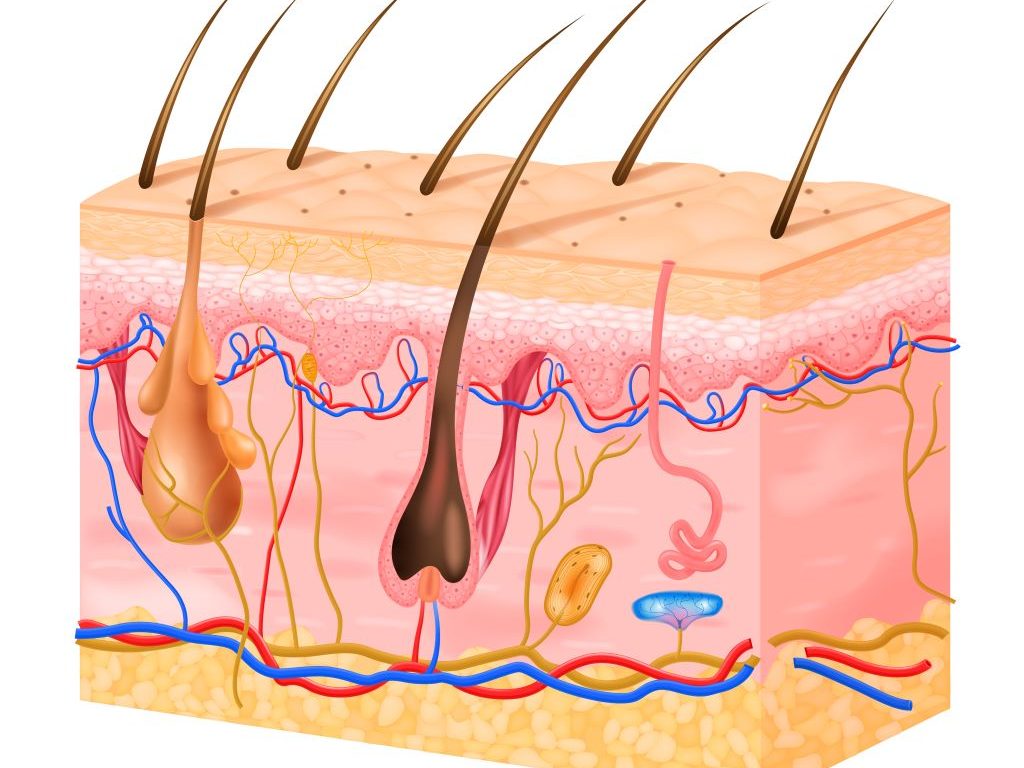Preclinical Study Unlocks a Mystery of Rapid Mouth Healing

Your mouth is a magician. Bite the inside of your cheek, and the wound may vanish without a trace in a couple of days. A preclinical study co-led by Cedars-Sinai, Stanford Medicine and the University of California, San Francisco (UCSF), has discovered one secret of this disappearing act. The findings, if confirmed in humans, could one day lead to treatments that enable rapid, scarless recovery from skin wounds on other parts of the body.
The study was published in the peer-reviewed journal Science Translational Medicine.
“Our research began with two questions: Why does your mouth heal so much better than your skin?” said Ophir Klein MD, PhD, co-corresponding author of the study. “And if we figure that out, can we use that information therapeutically?”
The need for therapies is clear. Wounds to the lining of the mouth typically disappear in one to three days. But skin wounds may take nearly three times as long to heal and can leave unsightly scars.
“Unfortunately, current treatments do not adequately resolve or prevent scarring because we do not fully understand the mechanism,” Klein said. “Our research helps fill in that knowledge gap.”
In the study, investigators analysed tissue samples from the lining of the mouth, known as the oral mucosa, and the facial skin of laboratory mice. In the oral mucosa, they found a signaling pathway between cells, involving a protein called GAS6 and an enzyme called AXL, which blocks a different cellular pathway, known as FAK, that promotes scarring.
When the investigators inhibited the AXL enzyme in the laboratory mice, the oral mucosa wounds’ healing worsened, making them more like skin wounds. When AXL was stimulated in the skin wounds, they healed much like oral mucosa wounds, regenerating tissue more efficiently.
“This data shows that the GAS6-AXL pathway is potentially important for scarless healing in the mouth and that manipulating it may help reduce skin scars as well,” Klein said.
The next steps are to determine how these preclinical findings apply to humans and to develop therapies to improve healing of skin wounds, according to Michael Longaker, MD, Professor in the School of Medicine at Stanford University, and the study’s co-corresponding author.
“Further clinical studies should be performed to assess the nature of the relationship between AXL and scarring in humans,” Longaker said.
Source: Cedars Sinai









